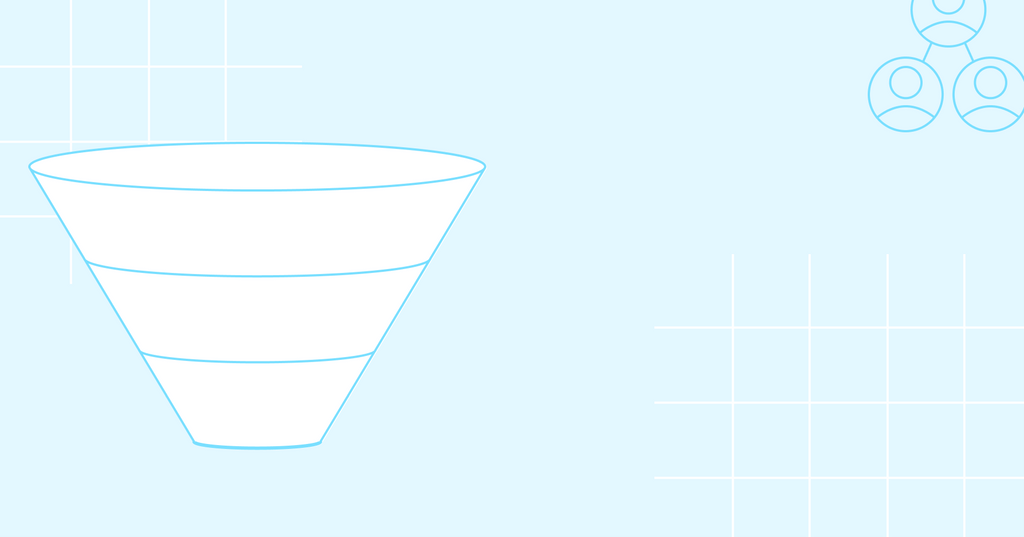
Stages of the Ecommerce Conversion Funnel

Think of the last time you bought a product online. Did you buy it as soon as you heard of it? Maybe, but probably not. As the old adage goes, most consumers need to hear or see a brand seven times before committing to a purchase.
More likely, you heard of it a little while ago, checked it out on its website, thought about it, maybe read some reviews and looked up some alternatives, and then eventually went back to the website again and bought it. This is a typical path for an ecommerce purchaser.
You may not have realized it, but you went through that website’s funnel. All the touchpoints you experienced between hearing of the product and buying it were likely part of a planned, multi-channel effort to move you toward purchasing.
What is an ecommerce funnel?
In marketing, the “funnel” is a concept that represents the various stages of the customer journey. It isn’t a specific path of actions, nor is it a marketing strategy. It’s a way to categorize all the people in your marketing ecosystem. This can apply to any business, so an ecommerce funnel refers to what those stages typically look like for an ecommerce site (as opposed to, for example, an enterprise software business).
Marketers use the term “funnel” because it helps visualize the number of people in each stage. Imagine, for example, that 1 million people have heard of your brand. These are the different sizes of the funnel stages.
Thinking in terms of a funnel is helpful for marketers in planning their marketing strategy. By thinking about the wants and needs of their potential customers in different stages, they can plan the best ways to reach them and move them to the next stage.
Stages of an ecommerce funnel
A funnel typically has three to four stages. Every brand has a different marketing strategy when it comes to its funnel. For example, some brands may lean on social media for awareness and User-Generated Content (UGC) for conversion, whereas another might use UGC for awareness and social media for conversion.
Awareness stage
People in the awareness stage—sometimes referred to as the “upper funnel” or “top of funnel” (or “ToFu”)—have heard of your brand, but haven’t taken any steps towards buying. This is usually the easiest one for marketers to understand—most of the advertising that you see, unless it’s for a product you recently viewed online, is awareness-based.
Examples of awareness-driven marketing include TV ads, social media ads to people who likely haven’t heard of you (e.g haven’t visited your site or followed you on social media), search engine marketing ads for generic product terms (e.g. searches for “natural soap” if you sell natural soap), affiliate marketing plans, and social media content designed to go viral.
Great awareness marketing succeeds at two things:
- Reaching people who would actually be interested in purchasing.
- Engaging them with a “hook”—a compelling reason to take further action, such as clicking an ad or sharing content. Once they’ve done one of these actions, they are generally considered to be in the consideration phase, and the awareness marketing has done its job.
Consideration stage
Once someone takes any step towards buying a product, such as viewing a product description, they’re in the consideration stage, or “mid of funnel” (or “MoFu”). The potential customer is asking themselves a few things in this stage:
- “Do I need this type of product?”
- “Is this brand the right brand for me?”
- “Is this set of features and benefits right for me?”
At this stage, you want to show the customer that you understand their pain point and have the right solution to solve it. The goal is to get them to research your product more in-depth. “Marketing” in this stage means more than just advertising.
This can look like updating your product page with detailed photos or features, asking customers for reviews to create social proof, or content marketing through comparison articles (e.g. “how our natural soap is different from leading non-natural soap brands”). It can be campaign-based as well, however. Social media ads that retarget website visitors, newsletters to existing subscribers, and sending free product to influencers to review are all examples of consideration-focused marketing campaigns.
Conversion stage
Someone in the conversion stage—or “bottom of funnel” (“BoFu”)—is close to buying, but has just a few more internal objections they need to overcome. Picture someone with their metaphorical (or literal) credit card in hand, sweating, wondering if purchasing is the right idea.
At this point, the goal is no longer to get them to research. In fact, the goal is to get them to stop thinking about it and just buy it already! The potential customer’s objections at this stage of the funnel include:
- “Do I need this product now?”
- “The product is too expensive for me.”
- “Shipping is too expensive or slow.”
- “What if the quality isn’t as good as it seems?”
There are many ways to address these objections. Examples of conversion-focused marketing efforts include time-sensitive sales, free shipping promotions, abandoned cart email series, chat widgets to allow customers to talk to a person, and limited-edition releases.
Post-purchase
Many people think the funnel ends once the customer makes a purchase. But sophisticated marketers know that purchasers are part of the funnel too. These people are highly valuable – they can repurchase, leave a review, or refer a friend to purchase. Planning marketing strategies to influence these people can be one of your highest-ROI marketing activities.
Examples of how to do this can be broken out by goal:
- Repurchase. This can be done through social media/display retargeting, cross-selling email marketing series, thank you page upsells, loyalty programs, and more.
- Leave a review. This can be done through an automated customer outreach service, but also through product inserts in a mailing box or social media contests.
- Refer a friend. Similar to reviews, there are many automated referral tools to encourage your customers to share, and social media or product-based prompts can help you take it further.
How is progress down the funnel tracked?
When people see the graphic of the funnel, they might imagine a linear progression downward. The reality is the customer journey isn’t that clean. In fact, it’s often quite messy.
Some customers will need to see 5 different ads over two weeks before they even visit your website. Some customers will hear about the product from a friend and go right to the website and purchase it immediately. There are a million possible journeys and the stages are more conceptual than actual, measurable actions. Some marketers focus on a single source of data, such as Google Analytics, and other marketers will aggregate multiple data sources (such as Facebook or TikTok) in a spreadsheet or dashboard.
Given this, there are 3 common approaches marketers take to measuring their ecommerce funnel:
KPI-based measurement
In this model, marketers assign KPIs for each stage of the funnel. Their marketing efforts are judged by how well they move these key metrics. An example of KPI-based eCommerce funnel measurement-based could look like:
- Awareness: Reach, New Users, Product Page Views
- Consideration: Returning Users, Customer Reviews, Visits to Comparison Landing Pages
- Conversion: Adds to Carts, Average Conversion Rate from Checkout to Purchase, Abandoned Cart Recoveries
- Post-Purchase: Revenue from returning customers, revenue from customer referrals
In this model, total revenue is used as the “overall” KPI for marketing, since all other KPIs affect it. This is the simplest method, but it can be harder to track individual initiatives.
Campaign-based measurement
In this model, individual campaigns are assigned a funnel stage, and marketers analyze them on campaign-specific metrics.
For example, a certain number of advertising and email campaigns would be labeled “awareness.” For those campaigns, marketers would define the metrics they care about, and those may include reach, adds to carts, and revenue. Then they would label another set of advertising and email campaigns as “consideration,” and so on.
In this model, it is much easier to track and compare individual marketing initiatives to each other. However, since each initiative can have its own set of metrics (for example, clicks on ads are different than clicks on an email), it can be more difficult to establish “north star” performance metrics for each stage of the funnel.
Attribution/journey-based
In this model, marketers still set up campaigns by stage, but instead of measuring a series of different KPIs, they only measure one: contribution to revenue. Then they break down all their existing customers by their history with each channel and attribute different amounts of value to each touchpoint.
For example, an ecommerce measurement tool might tell you the following about a customer’s journey:
- First, customer “Sarah Lee” viewed an ad on Facebook.
- Then, she visited your website.
- There, she added something to her cart but abandoned it.
- Next, she was sent and opened an abandoned cart email.
- Finally, she purchased your product.
Sarah Lee’s purchase was impacted by both the Facebook ad and the Klaviyo abandon cart email. In the journey-based model, Sarah’s $60 purchase would be attributed partially to Facebook and partially to Klaviyo. A simple, common model would split them 50/50: $30 of revenue attributed to Facebook, $30 to Klaviyo.
This model requires integrating data from multiple platforms, including in this case, Shopify, Facebook, and Klaviyo. Often, it requires a data engineer or technical marketer. However, once implemented, it can provide the most complete picture of performance throughout the funnel.
Final thoughts
If you are planning your ecommerce marketing strategy, or even your website’s content, the ecommerce funnel is a powerful framework. As a store owner, there is nothing more important than understanding your customer. The funnel helps you understand what they’re thinking and how to reach them.
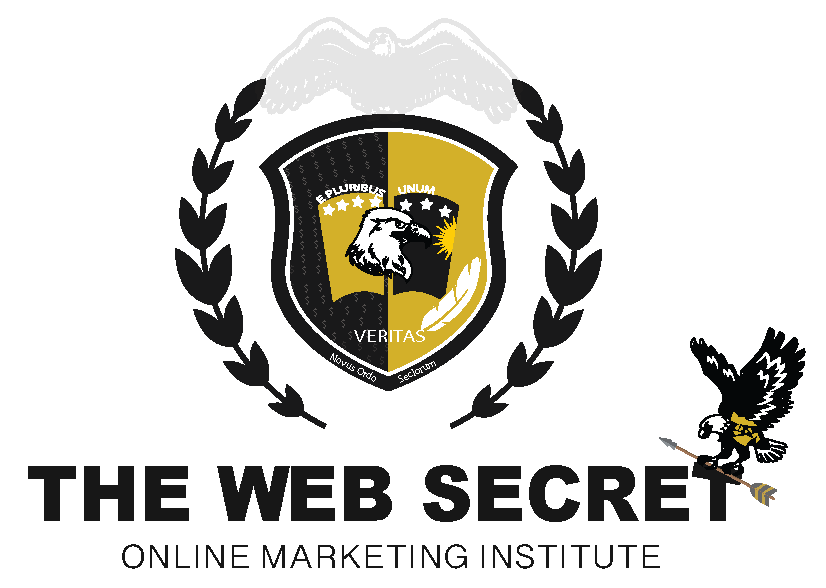
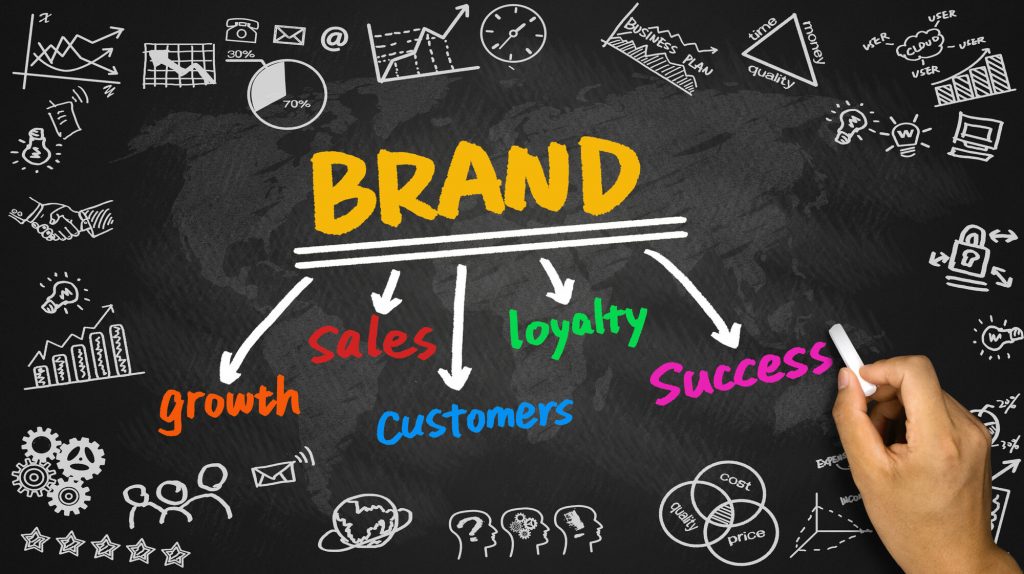
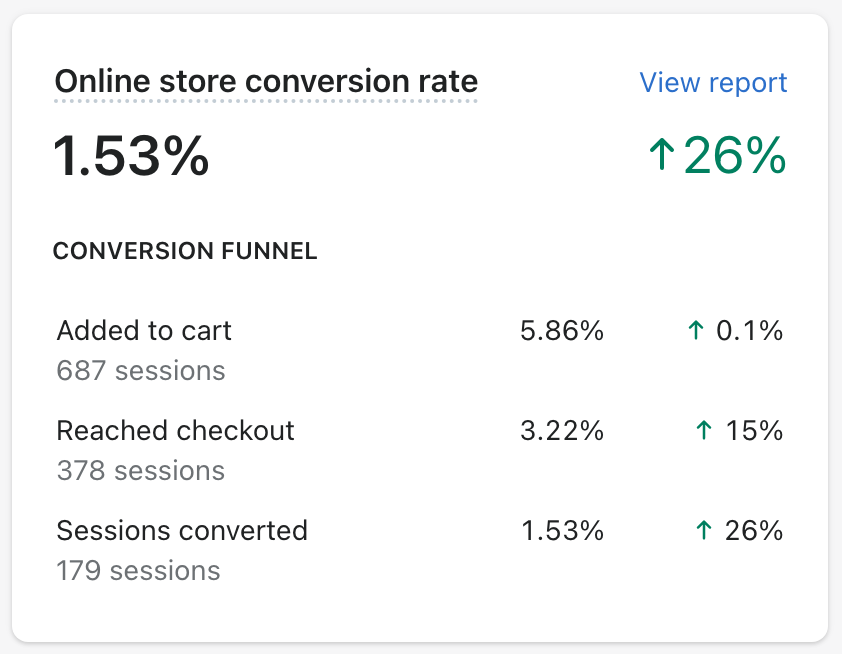
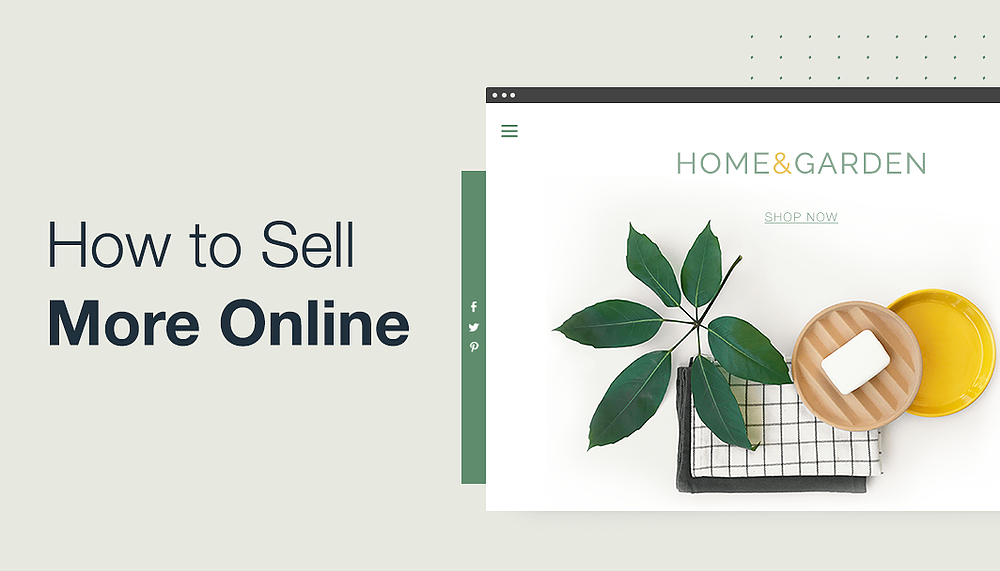
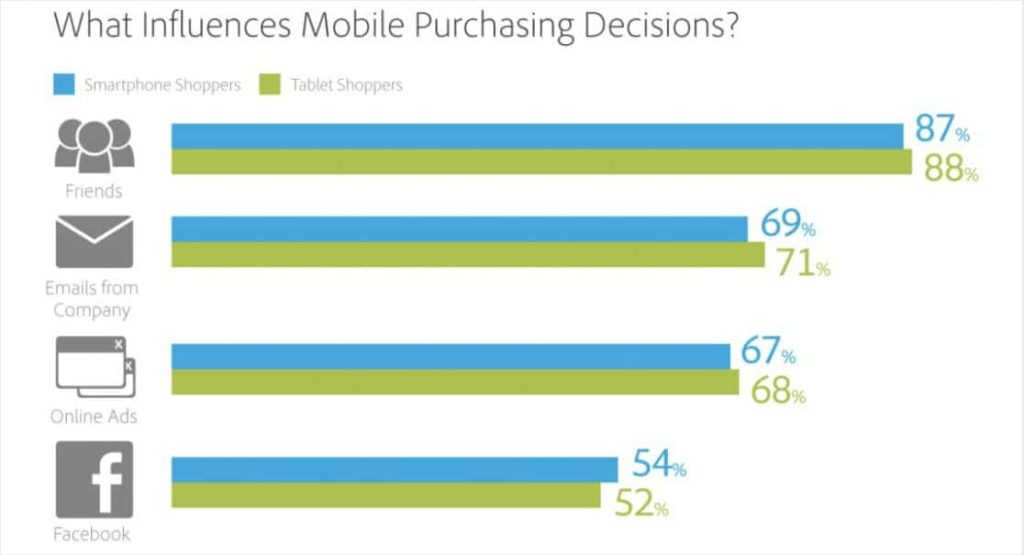
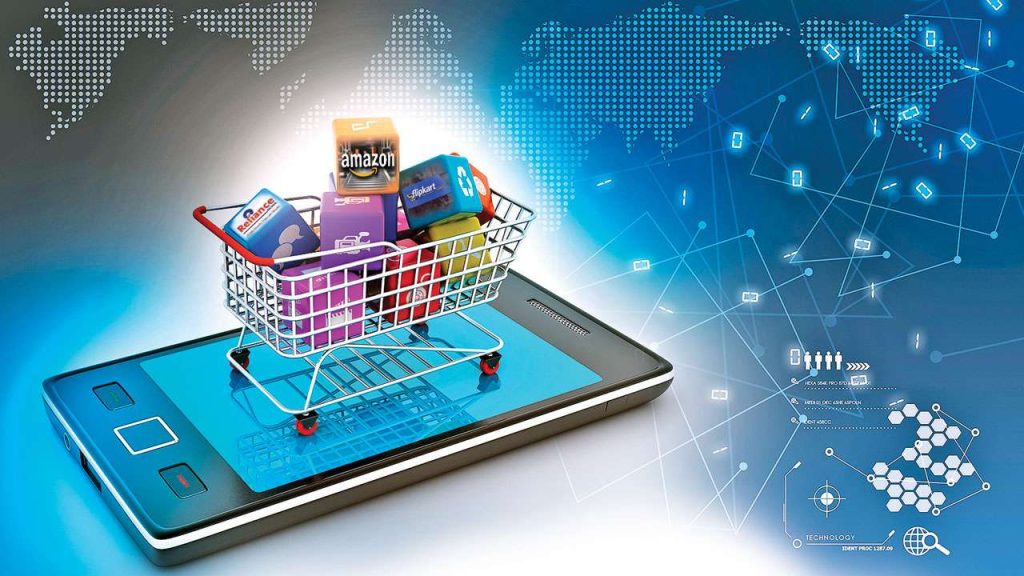
Responses